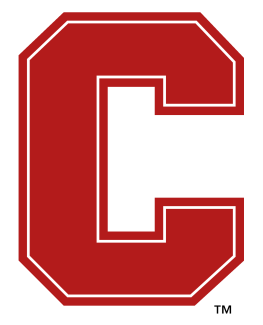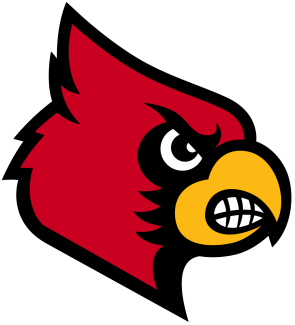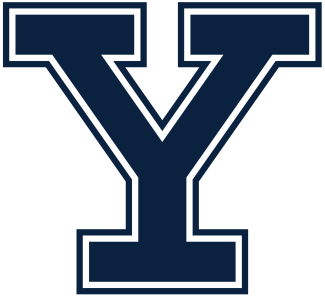1. The U.S. has work to do.
The Blue team built a 6-1 lead against Maryland on Saturday, which would have been the perfect opportunity to show it can nurse a lead at the pace of international play. Instead, the U.S. racked up empty possessions with quick alley shots and forced skip feeds, committed careless penalties and suffered defensive lapses at the end of lengthy Terps possessions.
Maryland senior Connor Kelly, sophomore Jared Bernhardt and even freshman Bubba Fairman consistently exploited their defenders on inverts and rollbacks.
“We need to do more teaching,” Danowski said.
Sometimes it’s good to get knocked down a peg. Look at the example of the 2010 U.S. team, which lost to Duke in January of that year and then suffered a setback against Canada in the round robin. In fact, in the last three world championships, the team to lose the U.S.-Canada prelim went on to avenge that loss in the championship game. More recently, the 2016 U.S. U19 team took its lumps against the Hill Academy and Canada, the lessons learned from which fortified Team USA for a huge comeback in the FIL final that summer.
2. The dive is an exciting play. It’s also a potentially dangerous play.
After the furious finish to the Denver-Maryland NCAA semifinal included two diving goals called back due to crease violations, Pioneers coach Bill Tierney advocated for legalizing the play that was outlawed in 1998. The NCAA men’s lacrosse rules committee announced in August it is reviewing options that would allow players to leave their feet for scoring attempts around the crease. The dive play is legal in Major League Lacrosse and international rules.
Of course, the original premise prompting the NCAA’s prohibition of the play — that it leaves goalies exposed to collisions with players who turn themselves into projectiles — remains.
In Saturday’s game, Team USA attackman Jordan Wolf collided with Maryland goalie Dan Morris during one cringe-inducing sequence.
Morris was not hurt on the play, but it certainly demonstrated why the rules committee has been reluctant to “bring back the dive.”
3. Maryland is going to be really good again.
The Terps lost their entire starting attack — Tewaaraton winner Matt Rambo, first-team All-American Colin Heacock and clutch finisher Dylan Maltz all graduated — and the nation’s top defenseman in Tim Muller. Short-stick defensive midfielders Isaiah Davis-Allen, another first-team All-American, and Nick Manis also were seniors last season. Defenseman Mac Pons was another heart-and-soul player who has moved on.
But Kelly, Bernhardt and Tim Rotanz provided plenty of cause for optimism Saturday. Kelly is a bona fide Tewaaraton candidate out of the midfield. Bernhardt looked entirely comfortable with the keys to the offense on attack. Those two and Fairman showed they could switch seamlessly between attack and midfield to exploit matchups. Rotanz provides consistency, having scored in 14 straight games, the longest streak for a midfielder in Division I.
Extra-man specialist Louis Dubick may have earned some extra minutes with a nice showing on attack Saturday. He and Anthony DeMaio each finished with a goal and an assist.
Maryland ran two deep at long pole with Matt Neufeldt and Nick Brozowski, who scored a fluky goal, and got another steady performance from Morris. Two starters — honorable mention All-American Bryce Young and Curtis Corley — return on defense.
The Terps need to get more out of faceoff man Austin Henningsen, whose 5-for-10 performance was respectable, after he gave way to Jon Garino last year. Garino’s memorable postseason success against Albany’s TD Ierlan, Denver’s Trevor Baptiste and Ohio State’s Jake Withers helped cover up one of the few blemishes on Maryland’s NCAA championship team, which won just 50 percent of faceoffs for the season.
4. Towson will be all right, too.
Coming off their first NCAA semifinal appearance since 2001, the Tigers lost just as much as Maryland, but will not find it nearly as easy to reload.
Attackmen Ryan Drenner and Joe Seider were the catalysts on offense. Jack Adams, the short-stick defense midfielder with the massive wingspan and gazelle-like speed, and Tyler Mayes, a fantastic long pole, left a gaping hole in Towson’s heralded rope unit. Goalie Matt Hoy provided stability between the pipes. Of the Tigers’ top seven scorers, only midfielder Jon Mazza returns.
But Towson does have a few things going for it. The Tigers added five transfers in the offseason, including attackmen/midfielder Timmy Monahan, the one-time Ohio State commit who came to Towson after a redshirt year at Maryland.
“The kid can shoot the ball very well with both hands,” coach Shawn Nadelen said of Monahan, who scored one of the Tigers’ two goals Sunday. “He can provide something similar to what [North Carolina transfer] Spencer Parks did for us a couple years back.”
Dylan Kinnear, another player who can be slotted on either attack or midfield, had a productive summer with the Okotos Raiders, a Junior A box team in Alberta, Canada. He had 25 goals and 20 assists in nine games during the Minto Cup.
Faceoff man Alex Woodall won’t be a part of many 3-for-26 performances (though he will have to face Trevor Baptiste at least once next season). Woodall and short-stick defensive midfielder Zach Goodrich, whom Nadelen calls “one of the best players in the country,” were All-Americans last year.
Towson’s entire starting defense returns, though the Tigers held Chad Patterson out of Sunday’s game due to an injury.
And perhaps most importantly, Towson’s entire coaching staff returns intact. Despite the Tigers’ consistent success and efforts by other programs to lure one or more of them away, Nadelen, offensive coordinator Anthony Gilardi and defensive coordinator Dan Cocchi have fostered a winning culture resulting in three straight CAA championships.
Towson’s first full-team practice was Oct. 2, just six days before facing the U.S. Prior to that, the team spent two weeks focusing exclusively on position-based skill work and fundamentals. The kids will catch up. The coaches are too good.


























































